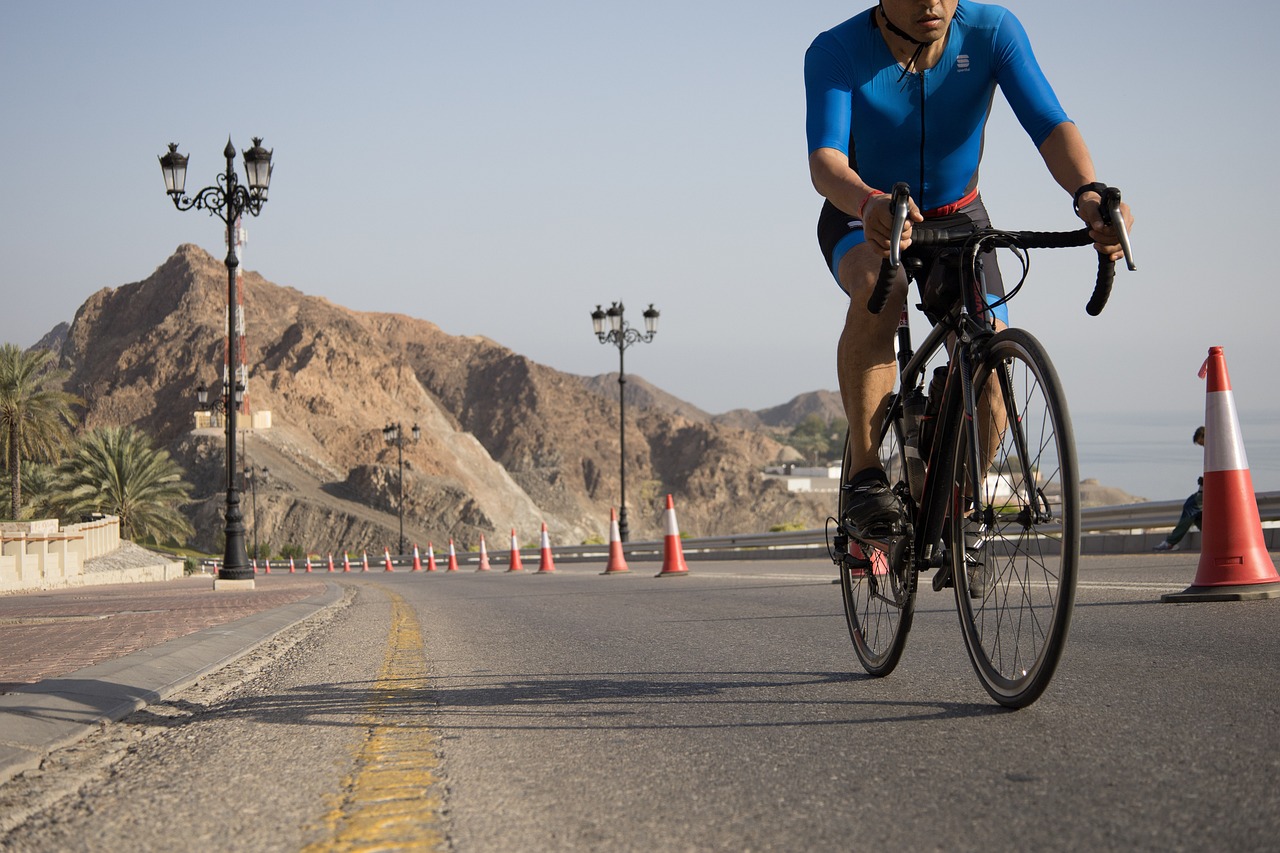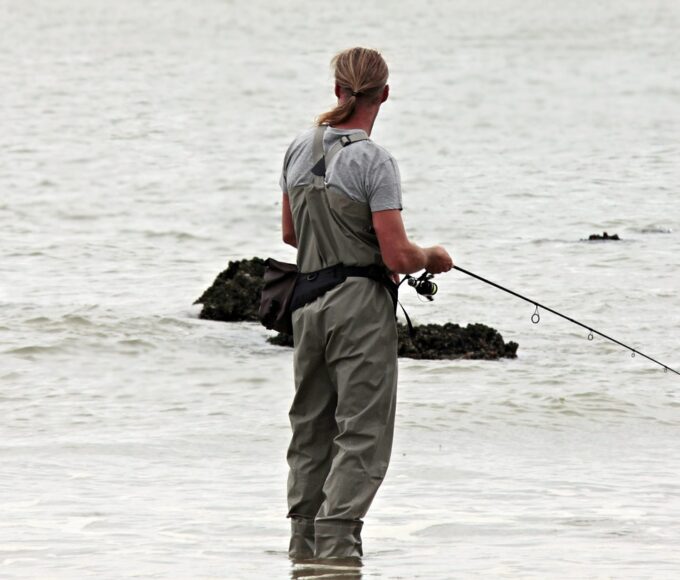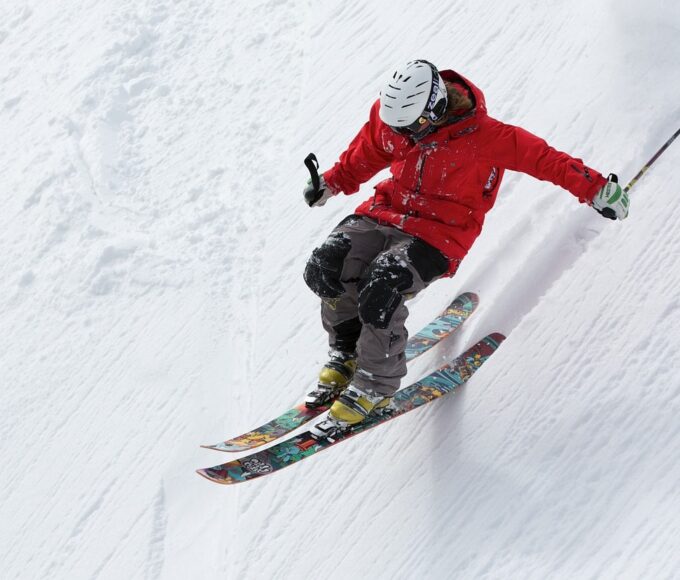Recent Posts
Skiing Vs Snowboarding: Differences
25th July 2023Best Tips For Fishing: Beginners and Intermediate Fishers
25th July 2023Cycling Safety Measures and Best Practices
16th July 2023Benefits Of Cycling For Physical and Mental Health
15th July 2023Cycling Safety Measures and Best Practices

Cycling, a popular and enjoyable activity that offers numerous physical fitness and mental well-being benefits, requires prioritizing safety for a pleasant experience while minimizing accidents. The aim of this article is to explore the essential cycling safety measures and best practices to follow.
Top 12 Cycling Safety Measures
Wearing a helmet
This is vital for cyclists of every age, wearing a helmet will substantially lower the risk of great injuries in case of falls or collisions. It is important to select a well-fitting helmet that meets recommended requirements from groups like the Consumer Product Safety Commission (CPSC) to make certain highest quality safety. Following those recommendations when selecting your helmet is paramount.
Check Your Equipment
Before each experience, perform a quick look at your bicycle to make certain it is in a top working situation. Check the tire pressure, brakes, gears, and lighting fixtures. Ensure that all components are functioning nicely to avoid any mechanical troubles in the course of your trip.
Be Visible
Make yourself seen by different avenue customers with the aid of carrying vivid, reflective garb, mainly when biking in low-light situations or at night. Equip your motorbike with front and rear lights and reflectors to enhance visibility. Consider the use of additional reflective accessories, inclusive of ankle bands or reflective tape, to grow visibility from all angles.
Follow Traffic Rules
Cyclists are considered vehicles on the road and ought to observe the identical visitors regulations as motorists. Obey visitors’ signs, alerts, and lane markings. Ride in the same course as visitors flow and use appropriate hand signals to indicate turns or stops. Yield to pedestrians, and be aware of your environment always.
Be Predictable
Ride in a predictable way to help motorists assume your moves. Maintain an instant line, sign truly before converting lanes or making turns, and avoid sudden maneuvers or weaving inside and outside of visitors. This lets motorists know your intentions and react for that reason.
Be Alert and Watch for Hazards
Stay centered and alert at the same time when cycling. Scan the street beforehand for ability dangers consisting of potholes, debris, or parked cars. Be careful at intersections and look ahead to cars turning or crossing your direction. Stay vigilant and expect capacity dangers to keep away from injuries.
Maintain a Safe Distance
Keep a safe distance from other automobiles on the street, especially big vehicles like buses or trucks. Allow sufficient space to react and maneuver if vital. Avoid driving inside the blind spots of vehicles and keep a buffer region to make sure your safety.
Use Bike Lanes or Dedicated Paths
Whenever possible, use precise bike lanes, motorcycle paths, or shared-use paths. These dedicated areas offer more secure surroundings for cyclists, separate from car visitors. Follow the policies particular to those centers, such as yielding to pedestrians on shared-use paths.
Ride Defensively
Adopt a protective riding technique to expect capability risks and react as a result. Be organized for unexpected actions from other people, and usually assume that they’ll not see you. Maintain a heightened degree of caution, in particular in busy or congested regions.
Be Mindful of Weather Conditions
Weather situations can significantly affect cycling protection. Be conscious of adverse climates, consisting of rain, snow, or sturdy winds, which could impact visibility and road conditions. Adjust your pace, allow for longer braking distances, and dress correctly for the weather.
Stay Hydrated and Take Breaks
Cycling may be physically demanding, specifically at some point of longer rides. Stay hydrated by wearing water and taking regular breaks to relax and refuel. Listen to your body and keep away from pushing yourself past your limits, particularly if you are new to cycling or in a hot climate.
Continuous Skills Improvement
Finally, constantly paint on improving your biking capabilities and knowledge of road safety. Consider taking a cycling abilities course or searching for guidance from experienced cyclists. Learning and making use of the right biking strategies can beautify your safety and self-belief on the road.
Conclusion
By following those cycling protection measures and satisfactory practices, you can enjoy your rides while minimizing the threat of injuries. Remember that safety must always be a top priority, ensuring that you have a secure and enjoyable cycling experience on every occasion you hit the road.
Recent Posts
Techniques and Best Practices for Anglers
21st November 2023Hiking Vs Trekking: Differences and Similarities
12th August 2023How to Lose Weight by Cycling
12th August 2023How to Choose Skis for Beginners
12th August 2023Related Articles
Techniques and Best Practices for Anglers
For fishing enthusiasts, the process of angling goes beyond a simple hobby....
By O. Johnson Taiwo21st November 2023Hiking Vs Trekking: Differences and Similarities
Hiking and trekking are two outdoor activities that revolve around walking in...
By Fortunatus Adunola12th August 2023How to Lose Weight by Cycling
Cycling is a fantastic exercise that is fun and can be enjoyed...
By O. Johnson Taiwo12th August 2023How to Choose Skis for Beginners
Choosing the right skis is essential for beginners embarking on their skiing...
By Fortunatus Adunola12th August 2023












